
Silicon Valley has been a synonym for innovation for the longest time. This portion of Northern California has given rise to technologies that have the potential to change the world since the first technology boom. Its economic value has been almost staggering. But that is slowly dwindling with the days. It is Miami, Austin and Atlanta that are sliding into target memories for newer and not less glitzy startups and tech giants.
This is neither accidental nor haphazard travel-it is a given and will be calculated movement on the part of entrepreneurs, investors, and people who will be availing themselves of lifestyle, costs, and opportunities. The future trend de jour, the most easily presumed will, the decentralization of the tech scene now, won’t be a trend tale.
Why Tech Companies Are Leaving Silicon Valley
Silicon Valley’s fall cannot be attributed only to one factor, but rather to a convergence of many pressures. From the escalation of real estate property prices to the freedom facilitated by remote working, entire companies have started to consider the age-old question about whether it still makes sense to stay in the Bay Area.
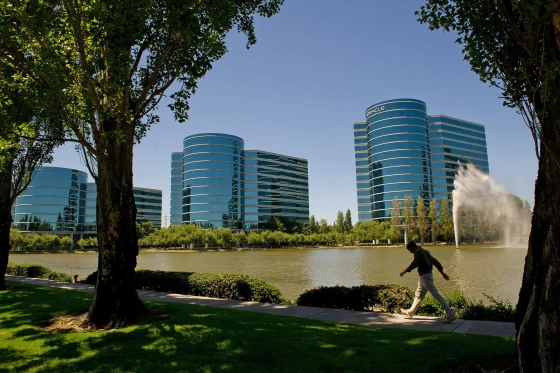
This is neither accidental nor haphazard travel-it is a given and will be calculated movement on the part of entrepreneurs, investors, and people who will be availing themselves of lifestyle, costs, and opportunities.
The future trend de jour, the most easily presumed will, the decentralization of the tech scene now, won’t be a trend tale.
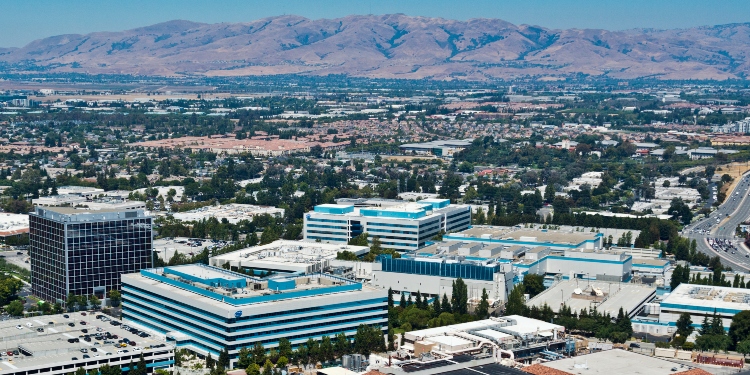
High Costs and Housing Headaches
The cost of living in Silicon Valley is one of the underlying reasons for the technology exodus. San Francisco and its surroundings remain at the top among the most expensive places for domestic housing. In most of the counties, the median prices range above $1.2 million, making it difficult even for those working in technology and associated well-paid fields to afford buying a house.
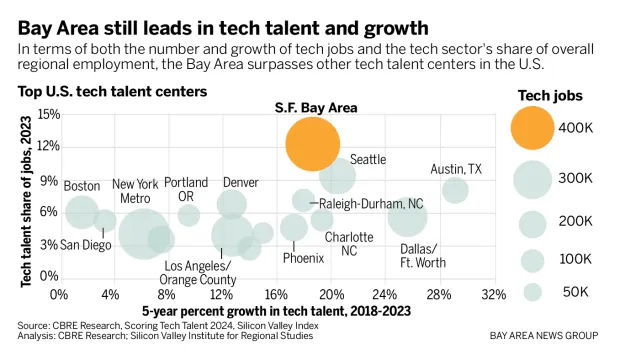
As per the data from Zillow, the average rent in San Francisco stood well above $3,500 a month in 2014. This is detrimental to startups because it increases the cost of payroll and employee turnover for companies that already have limited financial resources.
Remote Work Accelerated the Shift
The COVID-19 crisis dramatized traditional work culture, proving that remote teams can work, and sometimes even thrive, dispersedly out of the center. Suddenly, the valley no longer seemed necessary when all tech companies had adopted remote or at least hybrid working.
It turned out that having a domicile in a heavily taxed, extravagantly expensive city hardly made sense, given that workforce members could be located quite literally anywhere.
The Rise of Miami, Austin, and Atlanta
With Silicon Valley losing some part of its dominance, new cities are entering the scene. In fact, Miami, Austin, and Atlanta are proving their mettle when it comes to starting and expanding businesses, together with affordability and cultural reasons.
Tech Migration to Miami
Dubbed “the Magic City” for its swift transformation into a high-tech paradise in the business world, Miami momentarily puzzles observers everywhere. People have always associated it with beaches, convention centers, commercial properties, and nightlife; however, recently, the city has donned a tech vibe.
The city has become a major rival in the technology industry competition, with significant support from Mayor Francis Suarez, who received very loudly. Miami has no state income tax, which has helped draw to the town stock fintech start-ups and crypto companies, much more likely to cost less to buy real estate. Housing prices are cheaper than the Silicon Valley, with home averages of at least about $550,000, allowing entrepreneurs to have affordable living, but also with the small perks of being near the coast.
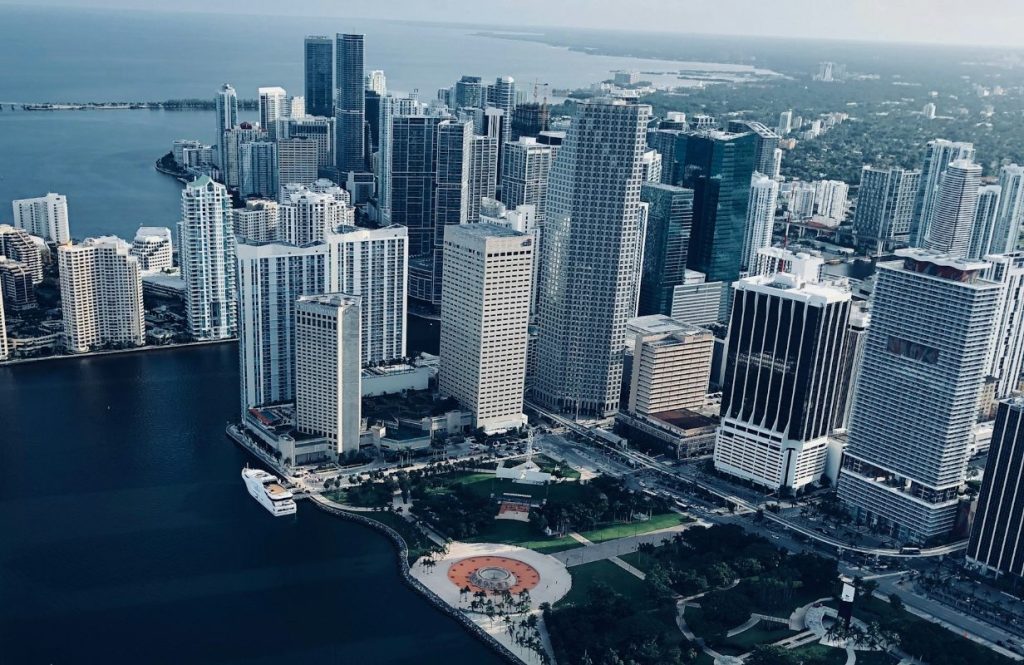
Austin’s Continued Climb

The shaping of Austin as a technology city has not been an overnight process; it has evolved through a continuous cycle of strategic repositioning, lifestyle advantages, and policy wins over the years. This Central Texas city has become a favorite shopping spot for tech professionals and investors.
While living in Austin ,one could easily observe long-standing facts from long ago. It was a crying shame that for more than 10 years, before the tech professionals and investors were even noticed, other parts of the country were screaming in loud surprise. Dell, where it was born ,laid the first steps in contact with Texas. In 2021, Tesla even became Texas’s headquarters and was soon followed by Oracle.
Atlanta – The Quiet Giant
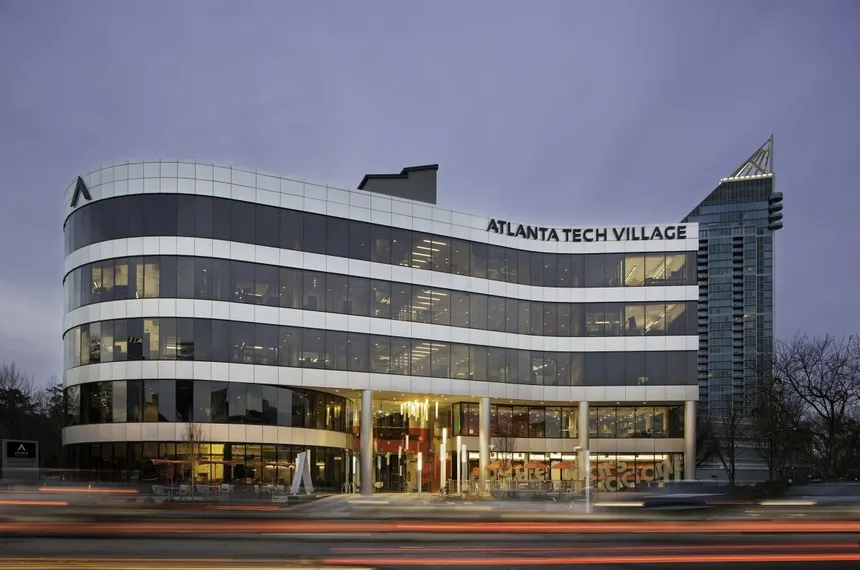
The emergence of Atlanta may not be a headline story as of now. Still, it enjoys steady progress as one of the most promising tech hubs in the emerging generation across the U.S. Its long-standing business infrastructure and deep talent pool will build its trust for sustainable growth in the future.
It is not Miami-flash, nor does it have Austin rebellion, but Atlanta silently assembles a powerful technology eco-system. A life-long business hub in the Southeast, Atlanta progressively uses its established infrastructure of strong heritage, along with its cultural diversity, to keep up with the great talent pool that it possesses to lure tech investment.
Comparing the Business Environments
Relocating a tech startup or expanding one is, of course, not always just about the location of a company, but about some concrete impact on the bottom line. Major reasons companies revisit their geographic footprint are tax incentives and time policies of a specific state.
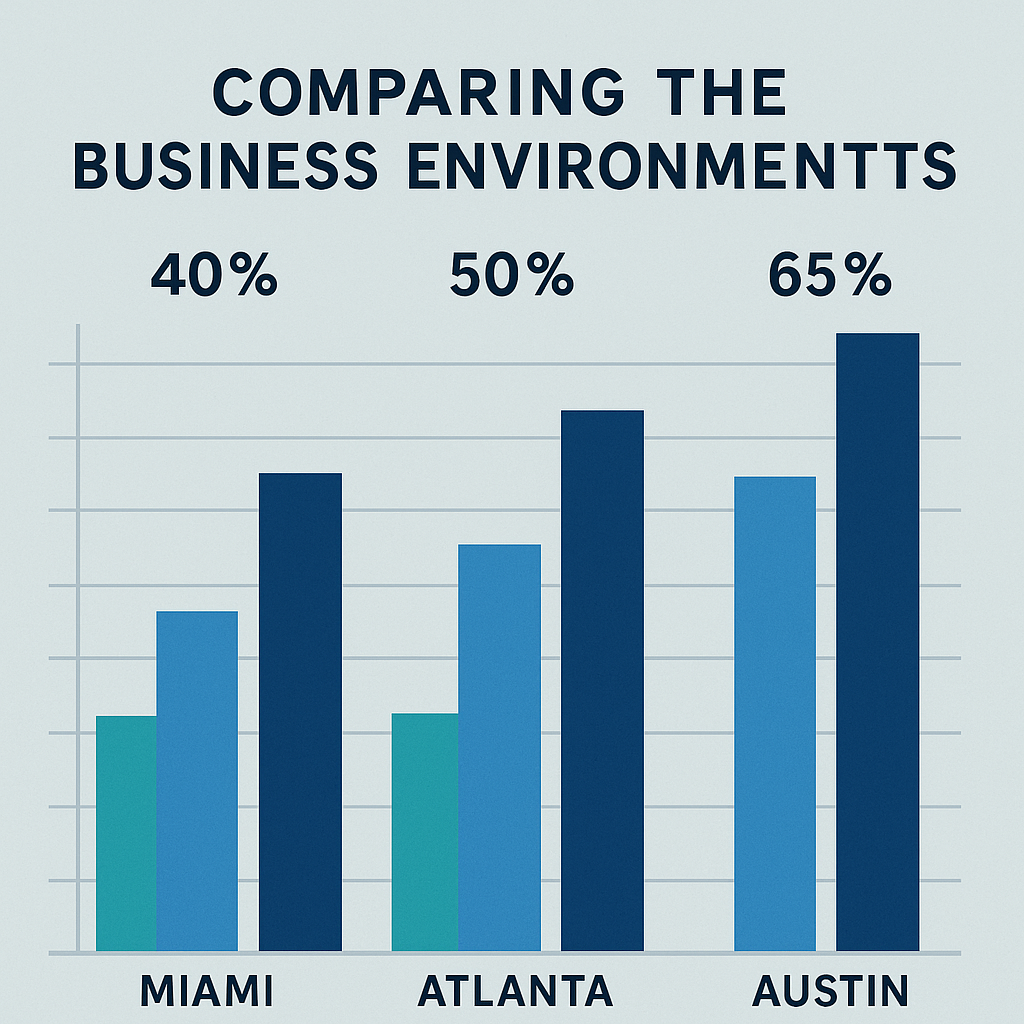
If one has to pay taxes, he or she doesn’t have a choice but to deal with the fact that California isn’t the best place for that. But there’s a consolation that one may derive from the fact that, despite being the second highest state (ranking after Oregon that charges a 9.9% tax rate) in the U.S., California proud itself with a 13.3% income tax billed on the highest incomes in the nation. Compared with Florida and Texas, for instance, the whole situation looks completely different Florida and Texas, no state income tax is imposed. And the peak tax rate? Georgia is up to 5.75%.
Workforce and Talent Access
Long-term viability of any technology ecosystem depends on access to skilled labor. The emerging tech cities now build strong pipelines, competing more aggressively against the conventional powerhouses.
Silicon Valley is still the best place as far as you can find, the access to Stanford, Berkeley, and the surrounding innovation ecosystem. Yet now, many other cities are catching up.
Austin can benefit highly from the University of Texas system, and Atlanta has Georgia Tech, which is one of the best engineering schools in the country. Miami is on CNBC’s list because it invested in partnerships with institutions like universities in the state, such as the University of Miami and Florida International University, to keep that talent local.
Cost-of-Living Comparisons
One of the biggest points for every company and people in general is just the cost of living every day. From a business viewpoint, the cost of stretching the dollars in commercial real estate and affordability became a really determining factor.
Having such differences in real estate prices as Silicon Valley against the emerging hubs reinforces the differences drastically. In the Bay Area, for an office of 1,500 square feet, just the rent bill could easily come to $100,000+ per year.
- Miami: Around $50,000 per annum
- Austin: Roughly in the range of $40,000-$45,000
- Atlanta: Often under $40,000, depending on the district
For long-term runway-focused startups, such rates are just too hard to overlook when moving to a location. As for tech workers, the ability to buy a home comfortably with a six-digit paycheck has a profound impact.
Startups and VCs Moving Away from the Bay Area
Venture capital is becoming more spatially diversified nowadays. The move by Founders Fund, which is one of the most high-profile VC firms in Silicon Valley, follows the lead by its counterparts such as Andreessen Horowitz, a masterful launcher of the “remote-most” play; meanwhile, accelerators like Techstars and gener8tor have set up shop in Austin and Atlanta, as well.
Indeed, founders increasingly speak about their businesses as sites from which to “build more for less” outside the Bay-longer runway; less competition for talent; a more balanced lifestyle. As capital expands beyond San Francisco, geography becomes less of a barrier to securing investments than it has been in the past.
Lifestyle and Culture
The cities attract professionals in tech with editorials motivated by life versus tax incentives or cost of living prizes, embracing social response, diversity, and community. Each emerging technology center has something about itself to show off:
- Miami, a fusion of Latin American and Caribbean vibes, boasts the ultimate mix of beachside lifestyle and year-round good weather.
- Austin is a city known for its live music scene, all-encompassing culture, and outdoor-oriented lifestyle. It has a nice balance between urban energy and nature, with good mountains and so many lakes.
- Atlanta has the combination of relaxed Southern living mixed with the vibrate of a major city. The huge plus is the diversity in areas, food, and the historic cultural base of the city for newcomers.
New entrants often select cities for their desired vibrant community and blending of values in low-cost living.
The Risks of Decentralization
By coupling the development of multiple tech hubs across the US, some very new and thrilling possibilities have arisen, but equally, quite significant problems have emerged. Fragmentation of talent and resources across various cities could make it difficult to manage innovation or collaborate on a large scale, while potentially slowing down the pace of change.
Overdevelopment issues similar to those in Austin, where unaffordable living space ruins prospects for both firm growth and households, are also beginning to set in. Some tech regions do not have equally strong data protection standards or have suffered from a lack of corresponding development in terms of infrastructure and human resource training. These areas could interfere with growth in such settings.
However, engagement in such risks also brings about opportunities – the cities that cope proactively with such challenges are not only able to strengthen their local eco-systems but also ensure for themselves a sustainable pedigree as major contenders within the national image of information technology.
Final Thoughts
Silicon Valley is slowly losing customers in tech cities to upcoming hubs such as Miami, Austin, and Atlanta. The cities pull start-ups, talent, and venture capital to the utterly lower costs, tax-incentive environments, and hybrid workforce revolution. Each has its advantages that make it unique. Miami, for example, has no income tax and has the appeal of being on the coast. Austin is more business-friendly. And Atlanta is home to a mix of talent. Decentralization is mostly beneficial as well. Even with more opportunities, it exposes many issues such as smoking talent, increased housing costs and a partially uneven infrastructure. Nonetheless, the future is not looking bad in the U.S.’s innovation side, bringing a balance to the growth of technology that will, however, not be confined to another region.
